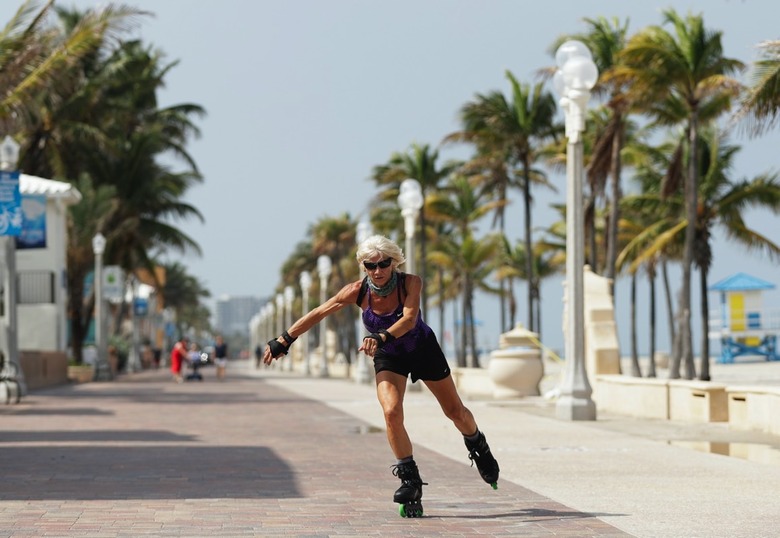Researchers Know Why Coronavirus Cases Are Skyrocketing - And How To Slow The Spread
- Coronavirus asymptomatic spread continues to be a considerable problem that has fueled the recent surge in COVID-19 cases.
- A new study says that presymptomatic carriers pose an even higher risk, as they can spread the disease for days before the onset of symptoms.
- Researchers say an increase in testing and contact tracing is the only way to catch these "super spreaders" and reduce the transmission rate.
After months of lockdowns and strict social distancing measures, several countries and US states have started lifting restrictions and reopening their economies. But in the weeks that followed, many communities found themselves facing new coronavirus surges, with some US states witnessing higher COVID-19 infectivity rates than ever before. People who aren't respecting social distancing and aren't wearing face masks can drive up the rate of infection significantly, with asymptomatic carriers remaining a huge unsolved problem. New research explains that two particular categories of "silent spreaders" may be responsible for half of new COVID-19 cases, and it offers solutions for containing outbreaks and reducing the spread. Sadly, the study doesn't propose new treatments or therapies that can cure the illness. Instead, it offers the same solutions that so many people are ignoring right now, including decision-makers who can negatively impact the fight against the pandemic.
Researchers from Yale University's Center for Infectious Disease Modeling and Analysis looked at coronavirus transmission models and concluded that asymptomatic carriers and presymptomatic patients may be responsible for over 50% of transmission. They referenced other existing research that said that asymptomatic infections range from 17.9% to 30.8% of the total number of cases.
At the lower end of the spectrum, 17.9% of cases are asymptomatic. But presymptomatic people, the patients who have the virus and will exhibit symptoms well after spreading the virus to others, would account for 48% of transmission. Asymptomatics are believed to be responsible for just 3.4% of transmission. If the number of asymptomatic cases is 30.8%, then asymptomatic people would account for 6.6% of transmission, while presymptomatics would be responsible for 47%.
In either case, asymptomatic and presymptomatic people would account for over 50% of COVID-19 transmission.
"Our results indicate that silent disease transmission during the presymptomatic and asymptomatic stages are responsible for more than 50% of the overall attack rate in COVID-19 outbreaks," the researchers wrote. "Furthermore, such silent transmission alone can sustain outbreaks even if all symptomatic cases are immediately isolated."
The only way to prevent these "silent spreaders" from infecting other people is to increase testing and contact tracing. As we've said before, these are the same measures everyone has been talking about for months. Increased testing will help officials find COVID-19 cases early and prevent asymptomatic and presymptomatic people from coming in contact with other people and spreading the disease. Contact tracing can help authorities manage clusters of infections and local outbreaks in order to prevent them from expanding.
Some politicians, like Trump, are very vocal opponents to increased testing. In fact, their convoluted logic suggests that the recent COVID-19 surges are explained by increased testing. However, that's obviously not true — it's a dangerous and stupid opinion to spread. Less testing would only speed up the spread of the potentially deadly virus, since even more infected people would continue to unknowingly spread the disease. Officials like Dr. Anthony Fauci said that more testing is required to catch the asymptomatic spreaders, and countless experts agree.
"Our findings highlight the urgent need to scale up testing of suspected cases without symptoms as noted in revised guidelines by Centers for Disease Control and Prevention," the researchers warned. "Furthermore, symptom-based surveillance must be supplemented by rapid contact-based surveillance that can identify exposed individuals prior to their infectious period."
As a reminder, social distancing, frequent hand washing, and face masks are the only ways to reduce the risk of transmission. If you suspect you may have been infected, the best thing you can do is spend as much time away from others, wear face masks whenever you're in contact with other people, and seek medical help from your doctor if you experience symptoms consistent with COVID-19.
